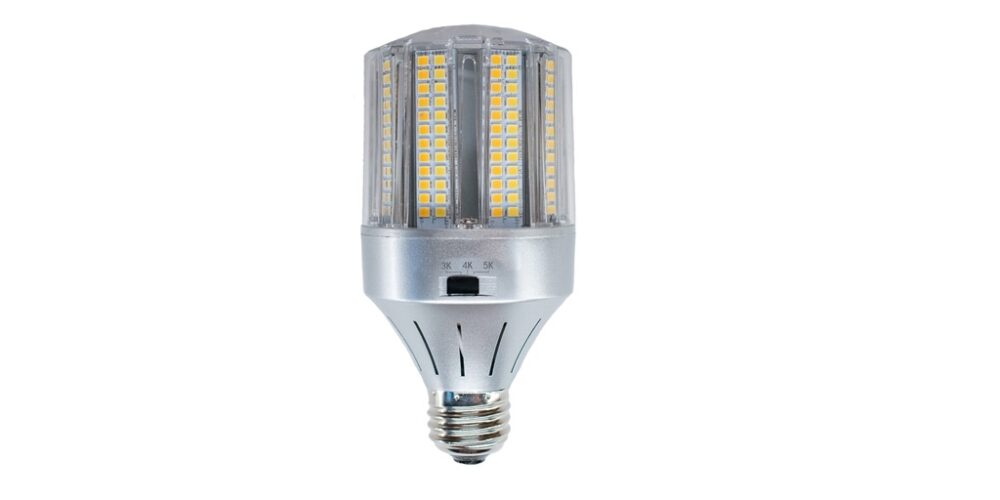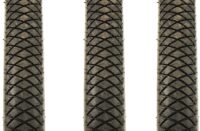Warehouses are huge, and except in specific circumstances, cooling is unlikely to be a priority item on most managers’ minds.
That said, in the summer, temperatures can skyrocket. Warehouses, with their high ceilings, low natural ventilation, and massive volumes of air, can roast in the summer months.
While that may not necessarily damage a warehouse’s stock, it will result in uncomfortable and potentially hazardous conditions for employees.
So, here are 5 expert tips on keeping your warehouses cooler in the summer, which will help keep everyone involved happy, comfortable, and healthy, while also potentially protecting your inventory.
1. Keep doors, ports and gates closed (and add screen doors where you can).
First and foremost, if your facility has a capable cooling infrastructure, do not let that go to waste. Spending all that money on electricity to keep your warehouse cool is pointless if you have lax protocols to ensure doors, windows, vents, ports, and gates are kept closed.
Conversely, if your warehouse is not cooled, consider installing screen doors behind doors and windows. That way, you can keep the windows and doors open. It won’t actively cool the warehouse, but it will let trapped hot air escape and it will ensure cross-ventilation.
2. Use dehumidifiers.
You’d be amazed at how much more comfortable dry air is than humid air, and how much cooler it feels, even when it actually isn’t.
Or perhaps you wouldn’t be amazed and you know precisely what we’re talking about. If that’s the case, and you know how miserable humid air feels, then you should need no convincing to invest in and install dehumidifiers.
3. Consider updating your roofing.
Roofing material impacts the temperature inside a warehouse. Dark metal roofs can reach nearly 200 degrees Fahrenheit in the summer. That temperature transfers to the interior space.
Consequently, updating your roof to a lighter material that either reflects heat or does not transfer it as well can help keep your warehouse cooler.
4. Ever heard of corn cob LED lights? Replace those HIDs!
If your warehouse currently uses HID lights, then it’s time for you to learn about corn cob LED lights.
Corn cob LED lights, which are also known as LED corn lights and LED corn cob lamps, are a special class of light-emitting diode (LED) light bulbs that are designed to replace HID lamps like high-pressure sodium or metal halide lamps.
HID lamps like these, like incandescent bulbs, provide bright light output and a wide range of color temperatures, but they are not energy efficient. As a result, they waste a lot of energy as heat.
This all adds up, and in the summer, your lighting fixtures might be counteracting your cooling efforts.
However, energy-efficient LED corn bulbs produce significantly less heat than HID lamps in equivalent or even higher lumen ratings, which can keep your warehouse cooler.
Also, LED corn cob lights last much longer and are better for the environment, too. (To learn more about corn cob LED lights, fixtures, and retrofits, visit Products for Automation at ProductsforAutomation.com).
5. Perform an energy audit for more tips.
Finally, in addition to these tips, it’s also important to work with an HVAC professional for cooling advice. Many companies offer energy audit services that can give you insights into how your facility stacks up. These audits will furnish you with more information you can use to make informed decisions about how you can improve your cooling systems.












